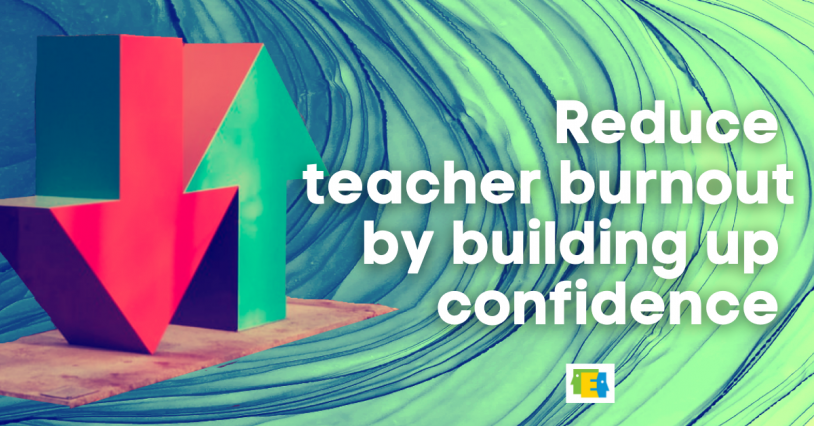Professional Development + Video = A Simple Equation for Effective Teacher Learning
Is teacher learning easier than ever? Lots of things adjusted with distance teaching, but the changes to professional development for educators has actually helped it become more accessible.
Doug Fisher talked about new opportunities to learn and grow in an interview with Edthena founder & CEO Adam Geller for the teacher professional development blog PLtogether.
A leadership expert, San Diego State University college professor, and classroom teacher, Doug Fisher is well-versed with teacher learning. He discussed how video and other virtual modes of learning are changing the game and here to stay post-pandemic.
View the full interview above, and continue reading for highlights of the conversation.
Prioritizing professional teacher learning? Embrace video
Doug began, “We have so much to learn and we are learning so much.” Indeed, educators know that stronger teacher learning leads to stronger student learning.
Now, technology has made that easier than ever before. Whether it’s a book club for teachers in different parts of the world or the ability to attend education conferences without leaving home, opportunities to grow are aplenty.
Video is the key here to making professional learning easy. And one way the pandemic helped those in the teaching profession was by getting people more comfortable using and looking at video.
“Everybody’s on video now,” Doug enthused.
Micro-teaching is another way for teachers to learn from one another.
Doug Fisher explained the term: “The teacher selects a short video clip [of their teaching] and they share it with a colleague. And they talk about the moves, and which of those moves impacted learning. … It’s not an evaluation, it’s not even feedback. It’s what did we learn from this tiny clip?”
By sharing and watching each other’s teaching video clips, educators and school leaders see techniques and strategies they may otherwise never have seen in-person and take those best practices back to their own classrooms.
In these multiple ways, teacher learning can happen globally or in close peer-to-peer connections.
Doug added, “It’s very fulfilling for the person who shares the video clip. It feels awesome. And that’s what we need to build.”
When teacher confidence increases, burnout decreases
Teachers’ plates are often overflowing with competing priorities and tasks, centered around students and the classroom.
So, why even focus on teacher learning? 
Doug Fisher conveyed the immense benefit from prioritizing professional development aimed to help teachers grow: “When we build our own confidence, we feel better about our lessons, we feel better about our students’ responses to those lessons.”
It also helps teachers focus on what is in their control. When school leaders and peers get bogged down by what isn’t working, teachers feel their agency slip away and in seeps the dreaded feeling of burnout.
Therefore, focusing on what works when teachers learn and try new things is crucial.
In fact, Doug underscored, “Professional learning is that investment in a skill set so that [teachers] can say, ‘I had an impact on a learner today.’”
Video and teacher learning go together like peanut butter and jelly. Just hit ‘play’.
Want to hear what else Doug Fisher had to say? Check out our other interviews with him about student assessment ideas and engagement strategies.

